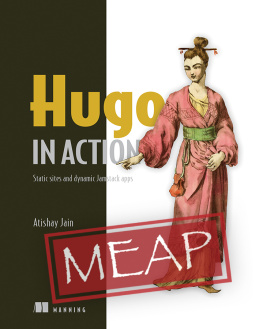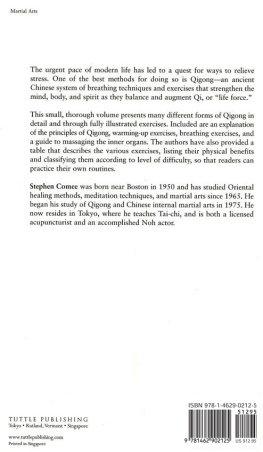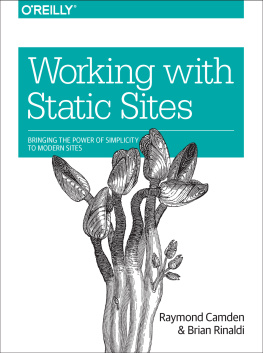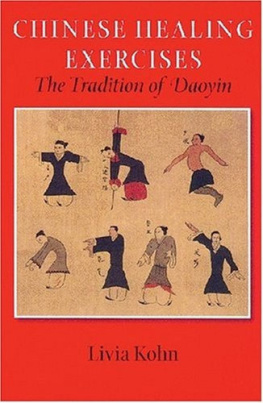ZHINENG QIGONG
The science, theory and practice
Volume III:
Exercises of Zhineng Qigong
Chapter 1: Peng Qi Guan Ding Fa Lift Qi Up Method
Chapter 2: San Xing Bing Zhan Zhuang Three Centres Merge
Chapter 3: Xing Shen Zhuang Body Mind Form
Chapter 4: Xun Jing Dao Yin Fa Tapping Exercise
Chapter 5: Wu Yuan Zhuang Five One Form
Chapter 6: Narration of Exercises
Attachment: Diagrams of Channels and Acupuncture Points
==============
Preface
This series of four books is basically my understanding and interpretation of Dr Pang Mings (commonly addressed as Pang Ming Laoshi in China) teachings, particularly his book Jian Ming Zhi Neng Qi Gong Xue (literally means Brief Zhineng Qigong Study). While the title of the book is Zhineng Qigong, I believe this book is a good reference for anyone who practices any form of qigong.
On my Zhineng Qigong path, I have encountered many friends and teachers. It is not possible to mention all of them here. The notable ones that I really appreciate include my father, Ooi Cheng Chuan, who introduced Zhineng Qigong to me in 1997. Yuyang Laoshi who pushed me to become a teacher in 1999. Lu Linkun Laoshi and Dou Zhanguo Laoshi who have shown me how a high level practitioner can be. Wu Shuxiang Laoshi, the powerful healer, who is currently teaching in Guilin, Guangxi, China, for showing me how to make healing classes interesting yet effective. My deep thanks to our teacher that I have never met, Pang Ming Laoshi. His teachings have changed my life completely and he is de finitely the person that I respect most. I also thank my friends who practice together with me at my centre and those that join me when I am in Europe. They are the people that provide endless inspiration to me.
A big qi hug to the friends who have helped to get these books done. They are the proof-readers, editors, designers and typesetters that have had to bear with my poor command of the English language. They are Kenneth Agius, Patricia Fraser, Bruno M Brys, Eliaz Netsah, Erik and Christina Gorrel, Elaine Chong, Chan Wah Peng, Fedrico Gracia and of course the people from the Chi Neng Institute Europe - Patricia van Walstijn, Veronique Willaert and Kevin Sliva. Patricia knows me too well, believe me, without her these books would definitely not look nor read as organized as it is now.
Hun Yuan Ling Tong!
Ooi Kean Hin
August 2010
2010
Published by Island Zhineng Qigong Centre
Design: Veronique Willaert, Chi Neng Institute Europe
ZHINENG QIGONG - the science, theory and practice
Physical book ISBN 978 1453867600
=============================
Contents of the series on Zhineng Qigong
Volume I: Introduction to Zhineng Qigong
Chapter 1: Introduction to Zhineng Qigong
Chapter 2: Qigong Science
Chapter 3: Hunyuan Holistic Theory
Volume II: Foundation Theories of Qigong
Chapter 1: Conscious Use of the Mind
Chapter 2: Cultivation of Daode
Volume III: Zhineng Qigong Exercises
Chapter 1: Peng Qi Guan Ding Fa Lift Qi Up Method
Chapter 2: San Xing Bing Zhan Zhuang Three Centres Merge
Chapter 3: Xing Shen Zhuang Body Mind Form
Chapter 4: Xun Jing Dao Yin Fa Tapping Exercise
Chapter 5: Wu Yuan Zhuang Five One Form
Chapter 6: Narration of Exercises
Attachment: Diagrams of Channels and Acupuncture Points
Volume IV: How to Practise Qigong
Chapter 1: Do Well in Zhineng Qigong
Chapter 2: Creation of a Qi Field
Chapter 3: Posture & Movement Requirements
Chapter 4: Healing with External Qi
Attachment 1: Words from Founder of Zhineng Qigong
Attachment 2: Treatment Effectiveness Analysis
=============================
Volume III:Zhineng Qigong Exercises
Chapter 1:Peng Qi Guan Ding Fa -Lift Qi Up Method
This is the first set of exercises. It is an effective practice to improve health and ward off illnesses. The two main points of this exercise are:
1. Unite the mind with qi and direct qi with the mind. Through the open-close movements and the mental visualisation, release the inner qi from the body and draw in the outer primeval hunyuan qi so as to strengthen the interaction of a person with the primeval qi. This exercise will also improve the function of various sensory organs of the body.
2. It is a very effective method to collect external qi. A person who practises this method will be able to learn how to administer external qi to treat patients in a short time.
I. Mental condition
This practice stresses on directing qi with the mind. During the exercise, the practitioner should think of the head touching the sky and the feet plunged deeply into the earth; letting the body integrate with the universe. A practitioner should think of the horizon when pushing the hands out and think deep inside the body when he pulls them in. Spreading out of the arms should be carried out by visualising that the hands are on the horizon. The exercise will allow a person to harness the primeval hunyuan qi in the universe and then pour it into the body. Subsequently, the movements will bring the qi down to lower dantian and then to the feet. After the ground push-pull, the practitioner collects the qi beneath the feet and brings it up into the lower dantian . Let the qi in the sky and beneath the earth merge with the bodys qi at navel level. Let the body integrate with the universe.
II. Physical Exercise
Preparatory Posture
Close the feet together, stand upright and relax both hands at the sides. Look straight at the horizon (or in front) for a moment (a minute or two), then pull in the vision slowly and close the eyes gently (Fig. 1).
1. Beginning
Turn the palms to face the back. Leading with the little fingers slowly raise the palms and thrust them downward. Maintain the downward pressure and glide the hands forward (approximately the length of the hand) and then backward 3 times (Fig. 2).

Relax the wrists and rotate the palms to face each other. Carry a ball of qi upward with both hands to the front until navel level (Fig. 3). Cup the palms slightly and point them to the navel. Think of the qi flowing into lower dantian reaching mingmen at the back. Turn the hands to face downwards and sweep the hands at navel level to the back (Fig. 4). On reaching the back, cup the palms slightly and focus them onto mingmen . Think of qi flowing into lower dantian reaching the navel.
Raise the palms upward and forward to the sides of the body and press dabao with the middle fingers (Fig. 5). Think of the qi flowing into and meeting at the middle of the body. Extend the hands forward with the palms facing the sky until the arms are at shoulder level (Fig. 6). Flex the middle fingers gently and focus them onto yintang . Think of the qi entering upper dantian through yintang.

Leading with the elbows, spread out both arms sideways until they form a straight line. Rotate the hands inward slowly on spreading out. (Fig.7)
Turn the hands downward and then reverse the rotation to sweep the hands upward. Slowly raise both arms to sweep the hands upward towards the top of baihui and clasp the hands (Fig. 8). Slowly move the clasped hands downward to the front of sternum (Fig. 9).
Next page










